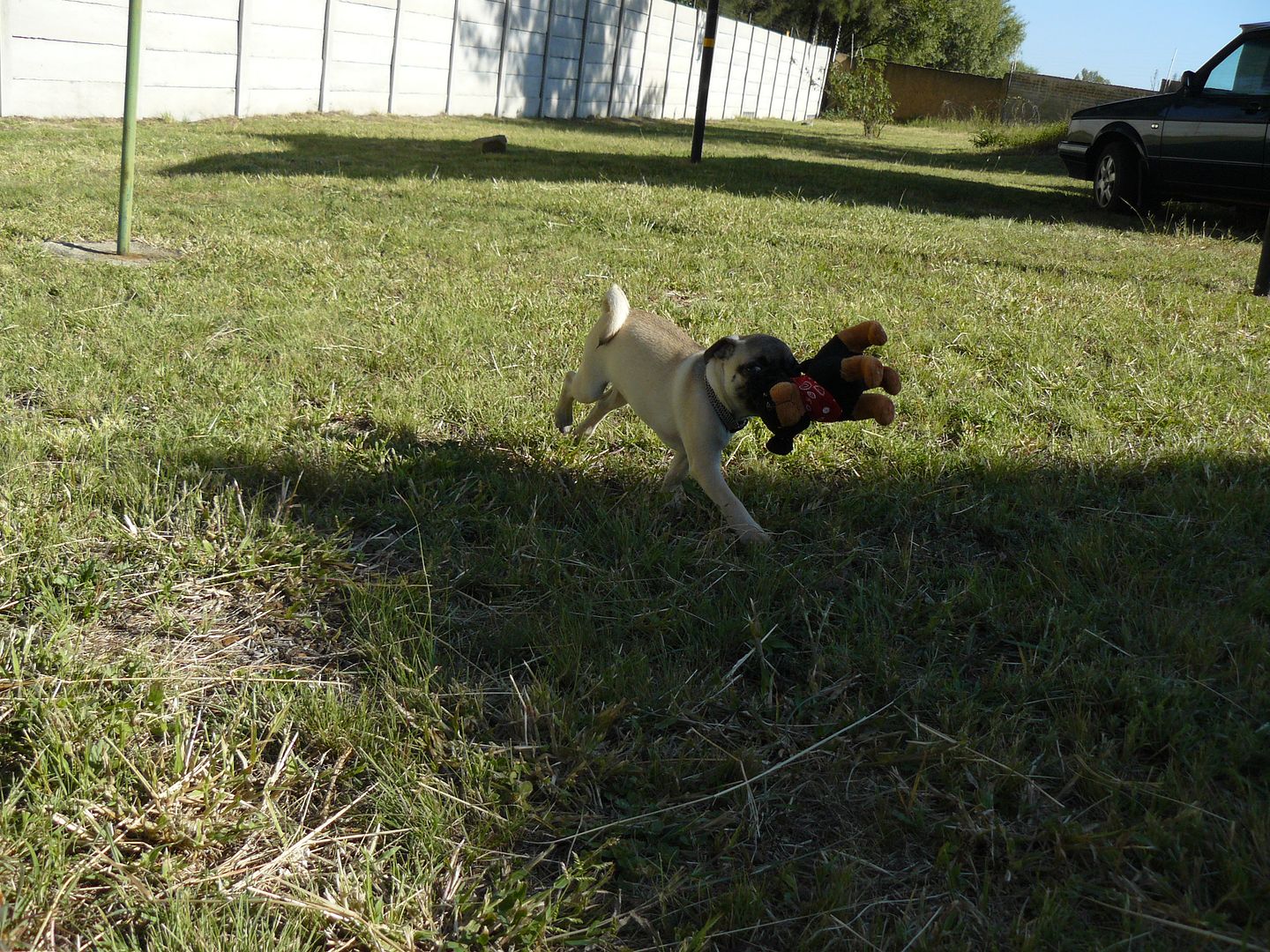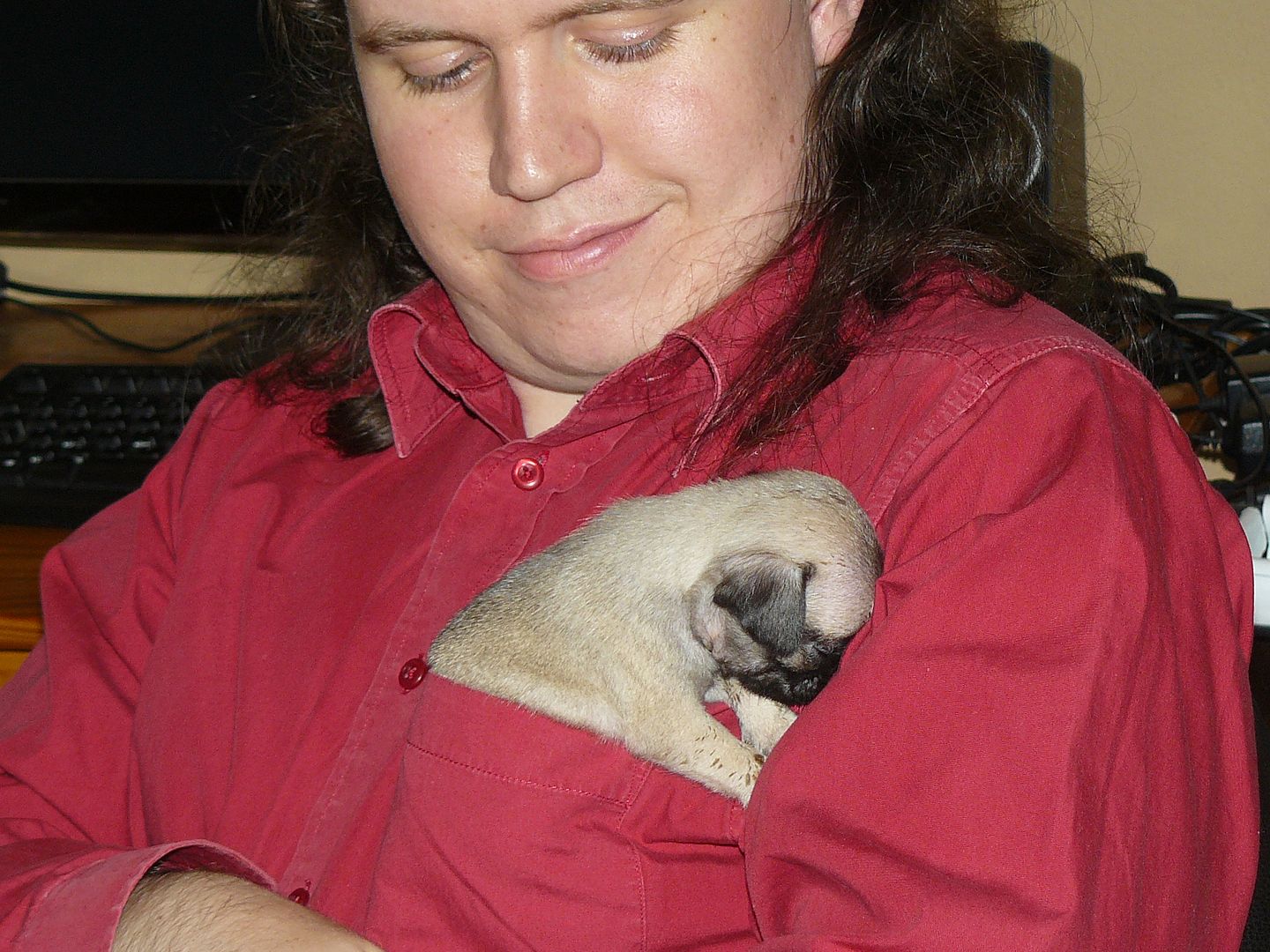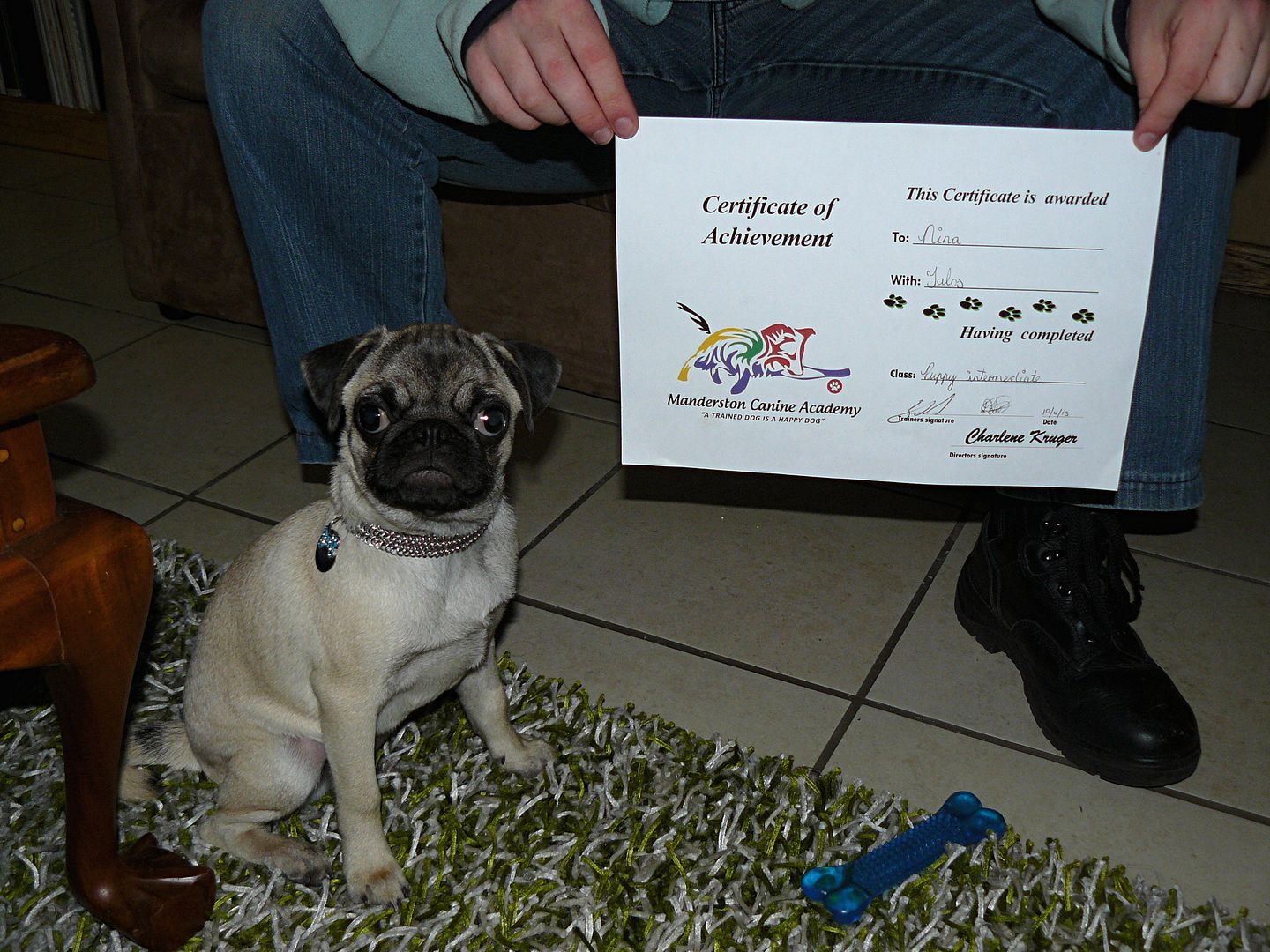First things first - I had to learn that not all dogs want to be greeted, and more importantly, that that is ok. It does not make a dog unfriendly to not want human interaction right now.
Then, I had to learn that not all dogs want to be petted. What? All dogs want petting, petting is nice! Well, not for every pup, and not in the way you think, either. A nice pat on the head is actually rarely appreciated by a strange dog. Much better, assuming you have a dog that wants to be petted, is to pat on the shoulders or under the chest.
If I may personify it for a moment, of course it makes sense. Do I want every stranger to approach me? Nope. Do I want that stranger to put their hands on my head, and in my face? Hell no.
So how then do you greet a dog? Really, I wish everyone would learn some doggy body language. That's the best place to start. Look at the dog you're intending to greet from a safe distance. If the pup comes running up to you, tail wagging in broad, relaxed sweeps, mouth open a little, eyes soft, chances are this dog is keen to meet you.
If, on the other hand, you see this:
 |
| My parent's dog, Kira, the miniature pinscher, sausage dog, terrier mutt mix. |
Stay away. This dog is scared. Her body is tense and leaning away from me. Her face is turned away, but she's too worried to take her eyes off me - so you see the whites of her eyes, also known as whale eye. Her lips are clamped shut, she's puffing out her cheeks, her ears are pinned back. To my great shame, I know that approaching her regardless of her abundant warnings (desperate pleas?) to stay away has her rolling on her back, exposing her belly. She's not asking for belly rubs, she's saying:
"please don't kill me"And then I go and put my hands on her. She would remain perfectly still - maybe if she doesn't move she can still avoid death.
Were this another dog, I could well have had my hand bitten off! This is not an idle threat she's giving here.
Now that I know what I was doing, I feel horrible. I won't do it again, that I promise to you, to myself, and to her. Sorry, little pup, for not knowing any better!
I propose a new way to approach dogs, a five step program, if you will, but with only three steps.
1. Ask if the dog wants to be greeted.
I wish I could place this responsibility on the handlers/owners/trainers of dogs, but I can't. (Do ask them, though, it's only polite). Very few people know dog body language or their pet dogs well enough to be a good judge. What you need to do is take a loot at the dog. Please don't stare at it, but see if the dog is relaxed or tense, fearful or happy. Don't think a wagging tail is a happy tail - use the whole picture. A low, slow wag with a direct stare from the dog who is crouched low (never approach this one) or a high, stiff wag with tense eyes and face are both wagging tails, and neither is friendly. If in doubt, don't greet the dog. It's kinder to a dog to not stress it out, and much safer for you.
2. Don't approach the dog.
In stead, let the dog come to you. Crouch down, turn your head away, and wait. This makes you non-threatening, and turning your head away from a dog says very clearly "I don't want to fight". If you have any reason to believe this dog may be agressive, walk away. Don't crouch down - you may be saying "I'm not a threat", but that does not mean the dog is not out looking for a fight. I repeat, if in doubt, don't greet the dog.
3. Don't pet the dog.
If the dog is pressing in to you, well, by all means, rub that shoulder. Very few dogs will want a hug, so don't even go there. But if the dog is now sniffing you, or is simply near you, don't touch it. Some dogs are very friendly, but don't like being touched. They'd much rather check you out well, and then bring you their ball or tug toy, or even, satisfied that you are indeed a non-threatening human, to leave you be. That's ok - pat yourself on the back, you've successfully greeted a dog!
If your dog is like mine, all of these questions are irrelevant. Once she's checked with me that it's ok (ideally, at least ... ) she will run up to and dance around you in happy circles. Does she want petting? Not on the head, no, but luckily, she's too excited to stand still enough for that. Her dancing and jumping and prancing is luckily amusing in itself, granting her a pardon for not letting them touch her head.
World at large, please - don't be like me. Greet dogs in a dog-friendly way. No dog should feel afraid for their life, or scared enough to bite, from a simple greeting - and the fault is all mine (or ours, if you will be included with me).



